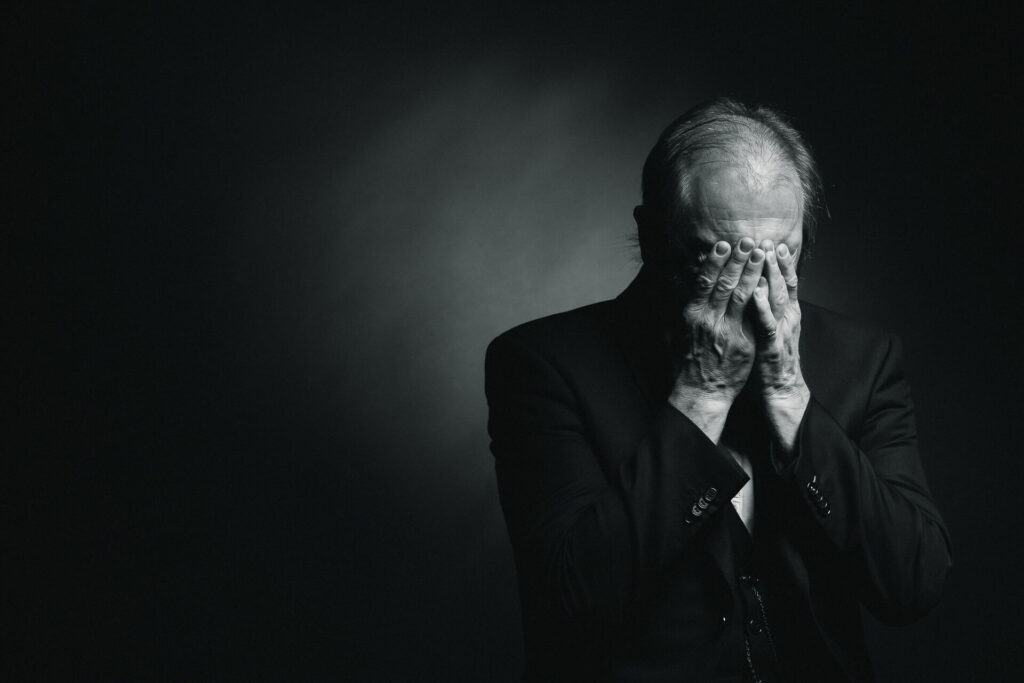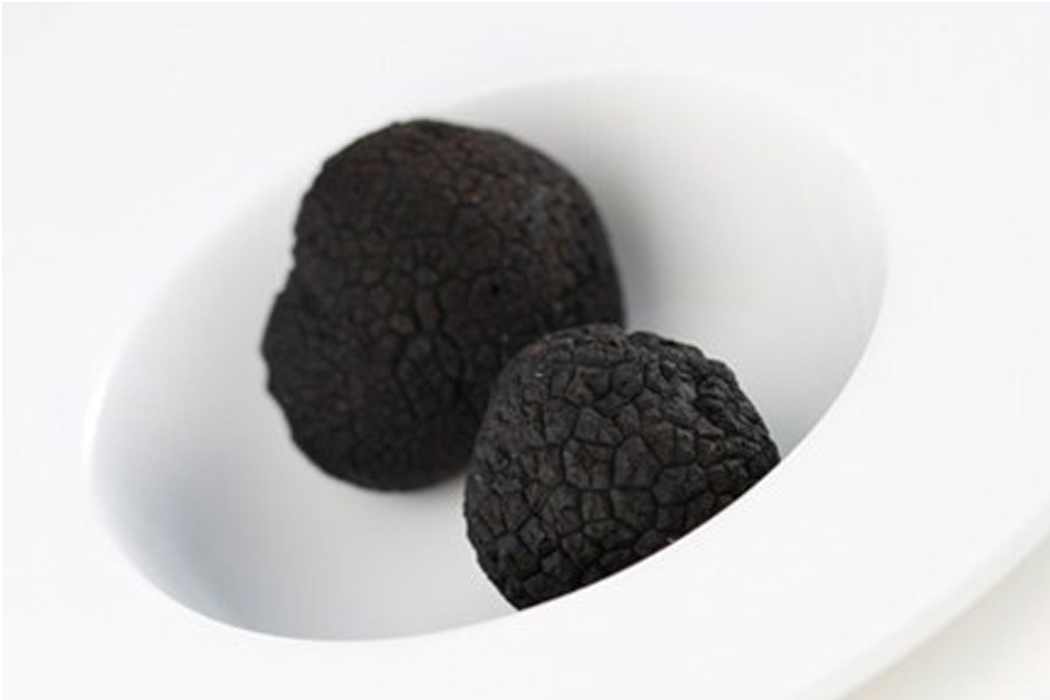TheChampagneSommelier reflects on a case of fake champagne. [read the full champagne story]
Estimated reading time: 6 minutes

Ah, the effervescent deceit! One simply adores a good swindle, particularly when it involves something as sacrosanct and utterly, gloriously French as Champagne. Fake Champagne, you say? It’s a concept so deliciously impudent, so wonderfully nouveau riche in its audacity, that one can almost forgive the perpetrators their sin against the palate. Almost.
I’ve often held that the only thing more intoxicating than a glass of genuine, meticulously crafted Champagne is the sheer unadulterated hubris of those who attempt to replicate it with something cobbled together in a shed. And what a shed it must be, for we’re not talking about a couple of dodgy bottles slipped under the counter at some provincial flea market. No, darling, we’re talking about an operation so vast, so magnificently brazen, that it makes one wonder if the entire edifice of French viticulture isn’t merely a Potemkin village built on a foundation of bubbly lies.

When Bubbly Dreams Go Pop: The Case of the Counterfeit Cuvée
One hears whispers, of course, of the recent kerfuffle in the hallowed halls of Reims, where a certain Didier Chopin – a name that, even before this sordid affair, sounded suspiciously like a forgotten character from a Balzac novel – found himself rather awkwardly positioned in the dock. Didier, it seems, was not content with the simple, honest toil of a Champagne vigneron. Oh no, Didier, bless his enterprising heart, decided to elevate the art of the con to an entirely new level. He was, if reports are to be believed, peddling an estimated 800,000 bottles of what one can only describe as “sparkling suggestion.” Not Champagne, mind you, but something that merely suggested Champagne, in the way a cheap knock-off handbag merely suggests Prada.
The Audacity of Hope (and Cheap Fizz)
The sheer scale of it! Eight hundred thousand bottles! That’s enough to float a small armada, or at least to provide a rather raucous, if entirely unedifying, party for a good portion of the European continent. And the beauty of it, the truly Machiavellian genius, is that, apparently, “everyone gained from it.” Well, of course they did! The eager consumers, too thrilled to be quaffing what they believed was the real McCoy at a suspiciously agreeable price, the unscrupulous middlemen who undoubtedly made a killing on the margins, and even, one suspects, the very fabric of the French economy, which, let’s face it, thrives on a certain degree of elegant chicanery.
One pictures the scene: a dimly lit warehouse, the air thick with the faint scent of fermenting ambition. Bottles, perhaps not quite the regulation shape, but close enough for a Friday night, being filled with… what, precisely? Grape juice with a dash of effervescence, a prayer, and a good dose of wishful thinking? One imagines the labels, perhaps not quite the correct shade of cream, the gold foil a touch too brassy, but again, good enough for the unsuspecting masses. And then, the grand finale: the cork, that definitive pop, the universal signal of celebration, now reduced to a mere theatrical flourish for a grand charade.
Dom Pérignon’s Lament: The Uncorking of a Grand Deception
The irony, of course, is that Champagne, in its purest form, is a testament to meticulousness, to terroir, to generations of painstaking effort. It is the very antithesis of the quick buck, the corner cut, the artful dodge. And yet, here we are, celebrating (or perhaps lamenting) the audacious success of those who dared to defy the very essence of its being.
One can almost hear the ghost of Dom Pérignon sputtering into his grave. “Mon Dieu!” he’d exclaim, perhaps spilling a genuine vintage on his habit. “They’re selling what?” And then, one imagines, a wry smile would creep across his face. For even in his monastic solitude, he must have understood the human propensity for aspiration, for wanting the best, even if it meant acquiring a rather convincing facsimile.

The Connoisseur’s Conundrum: When Ignorance is Bubbly Bliss
The truth is, dear reader, that the market for fake Champagne, like the market for any luxury good, thrives on a delicate balance of desire and ignorance. We want the prestige, the glamour, the subtle implication of refined taste that comes with a bottle of the good stuff. But perhaps, just perhaps, we’re not quite discerning enough to tell the difference when confronted with a plausible imitation, especially when the price tag whispers sweet nothings of a bargain.
And who, ultimately, is to blame? The rogue vigneron, a man clearly more adept at accounting than at viticulture? The eager buyers, perhaps a little too keen for a deal that seemed too good to be true? Or society itself, with its insatiable appetite for status symbols, even if they’re entirely hollow?
One might even argue that these purveyors of ersatz bubbly are, in their own way, performance artists. They are holding up a mirror to our collective aspirations, reflecting back our desire for the trappings of wealth, even if the substance is entirely lacking. They are the jesters in the court of consumerism, reminding us that sometimes, the emperor’s new clothes are, in fact, merely a particularly convincing shade of beige.
So, as you raise your next glass of Champagne, pause for a moment. Consider its provenance, its journey from grape to glorious effervescence. And then, allow yourself a wry chuckle for the audacity of those who, with a twinkle in their eye and a suspiciously large quantity of generic sparkling wine, dared to dream of a Champagne empire built on nothing more than a well-placed cork and a rather convincing label. It’s a tale as old as time, darling, a testament to the enduring human spirit, whether it’s aiming for the stars or simply for a quick profit. And one can’t help but admire the sheer, unadulterated cheek of it all. Cheers!






